Animalia

Panther Chameleon
Furcifer pardalis

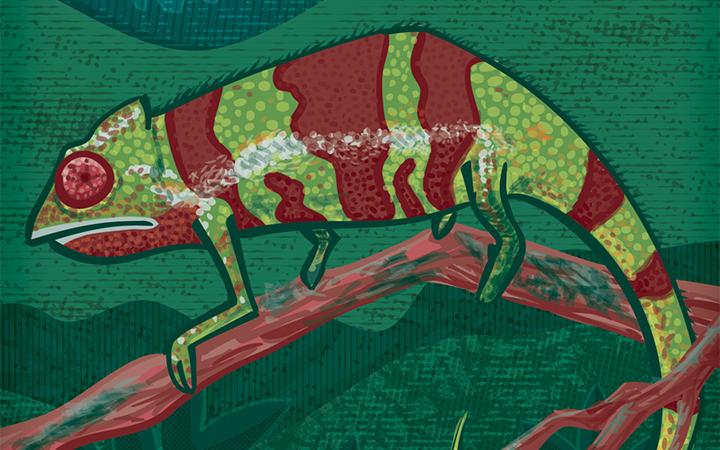
3 POINTS
Play: This cameleon has a MOVE of 2.
Fact: The panther chameleons have very long tongues which can extend at around 26 body lengths per second

Bone Worm
Osedax rubiplumus

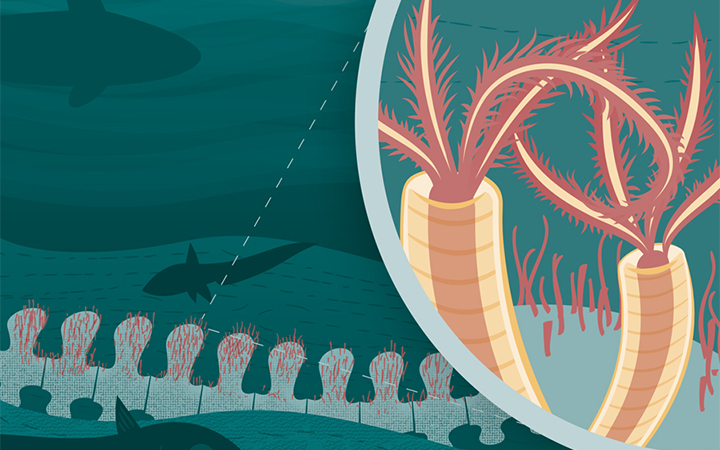
10 POINTS
Play: This worm has a MOVE of 1 and must feed off of a whale SPECIES card.
Fact: Osedax rubiplumus is reported to sustain itself on the bones of dead whales.

Megatherium
Megatherium americanum

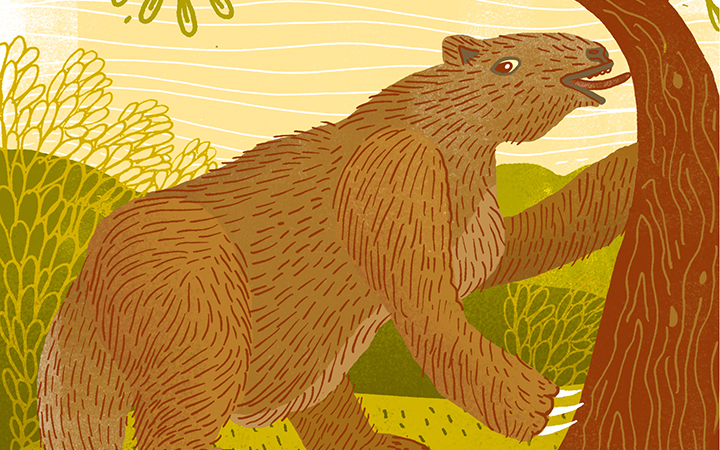
4 POINTS
Play: Megatherium has a MOVE of 2 and is EXTINCT.
“To my great joy I found the head of some large animal, imbedded in a soft rock. — It took me nearly 3 hours to get it out: As far as I am able to judge, it is allied to the Rhinoceros.” Darwin, 1832: On finding a Megatherium specimen.

Chile Darwin’s Frog
Rhinoderma rufum


7 POINTS
Play: This frog has a MOVE of 2.
Fact: The Chile Darwin’s frog is currently listed as “Critically Endangered” by the IUCN, but as there have been no confirmed sightings since around 1978, it may be EXTINCT.

Fitzroy Dolphin
Lagenorhynchus obscurus


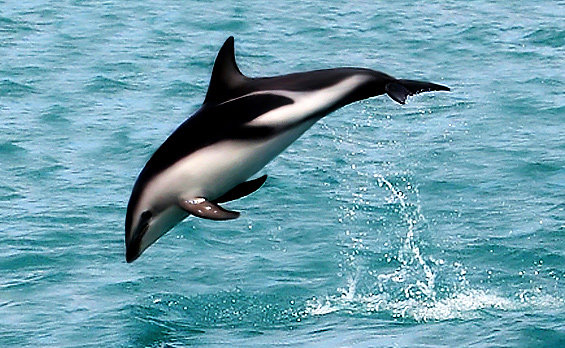
8 POINTS
Play: This dolphin has a MOVE of 2.
Fact: Darwin described this species as Delphinus fitzroyi from a specimen harpooned off Argentina in 1838.

Darwin’s Tanager
Pipraeidea darwinii

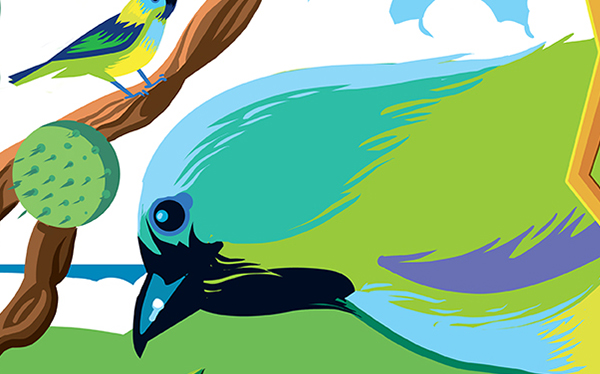
3 POINTS
Play: Darwin’s Tanager has a FLIGHT of 2.
Fact: The Darwin’s Tanager is considered a separate subspecies from the blue and yellow tanager, because it has a green back instead of a black one.